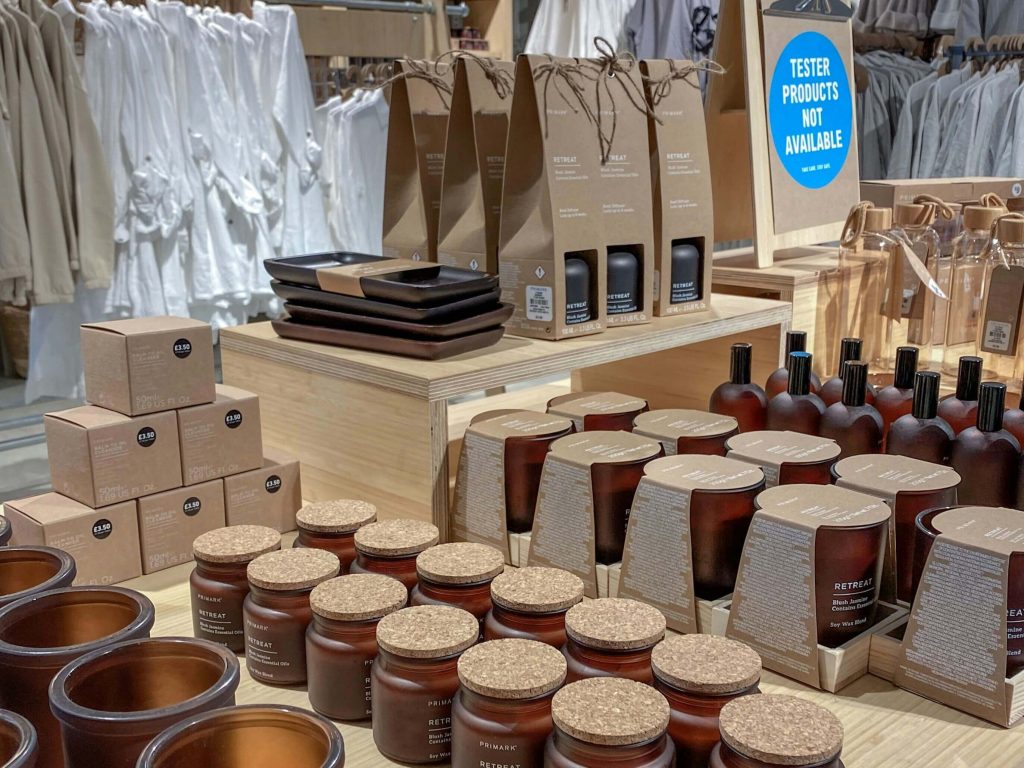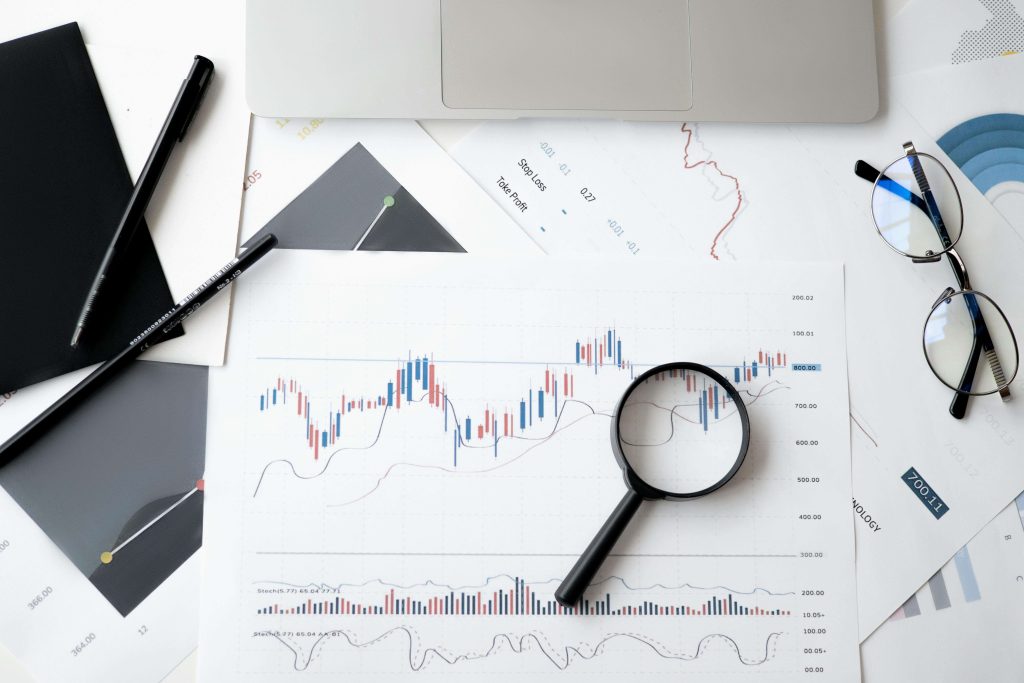A Guide to Direct Response Marketing

How are Direct Response ads more effective in engaging customers? In this article, learn how brands leverage this strategy!
Sustainable Ecommerce: An Emerging Trend

How do you run your online business, manage to stay sustainable, and keep up with the latest trends?
How to Run a Competitive Analysis Like a Pro

Here is the step-by-step guide for conducting a competitor analysis!
7 Key Metrics to Measure Content Effectiveness

Discover how to use seven key metrics to measure content effectiveness. Learn how to optimize your content marketing strategy using these key metrics.
Testimonial Link Building: How To Build Relations And Improve SEO

Rev up your SEO with testimonial link building tactics that also strengthen credibility. Dive into actionable strategies in this blog now!
Interactive Advertising: Creating Immersive Experiences for Consumers

Uncover the potential of interactive advertising to create immersive consumer experiences. Explore strategies, benefits, and challenges for optimizing your brand’s digital presence.
A Guide to Connecting with Your Target Audience

Discover proven strategies for connecting with your target audience. Tailor your messaging and build lasting engagement!
5 Tips for Effective Email Marketing to Boost Leads

Master the art of email marketing for lead generation! Elevate your campaigns, generate leads, and propel business growth. Dive in now!
